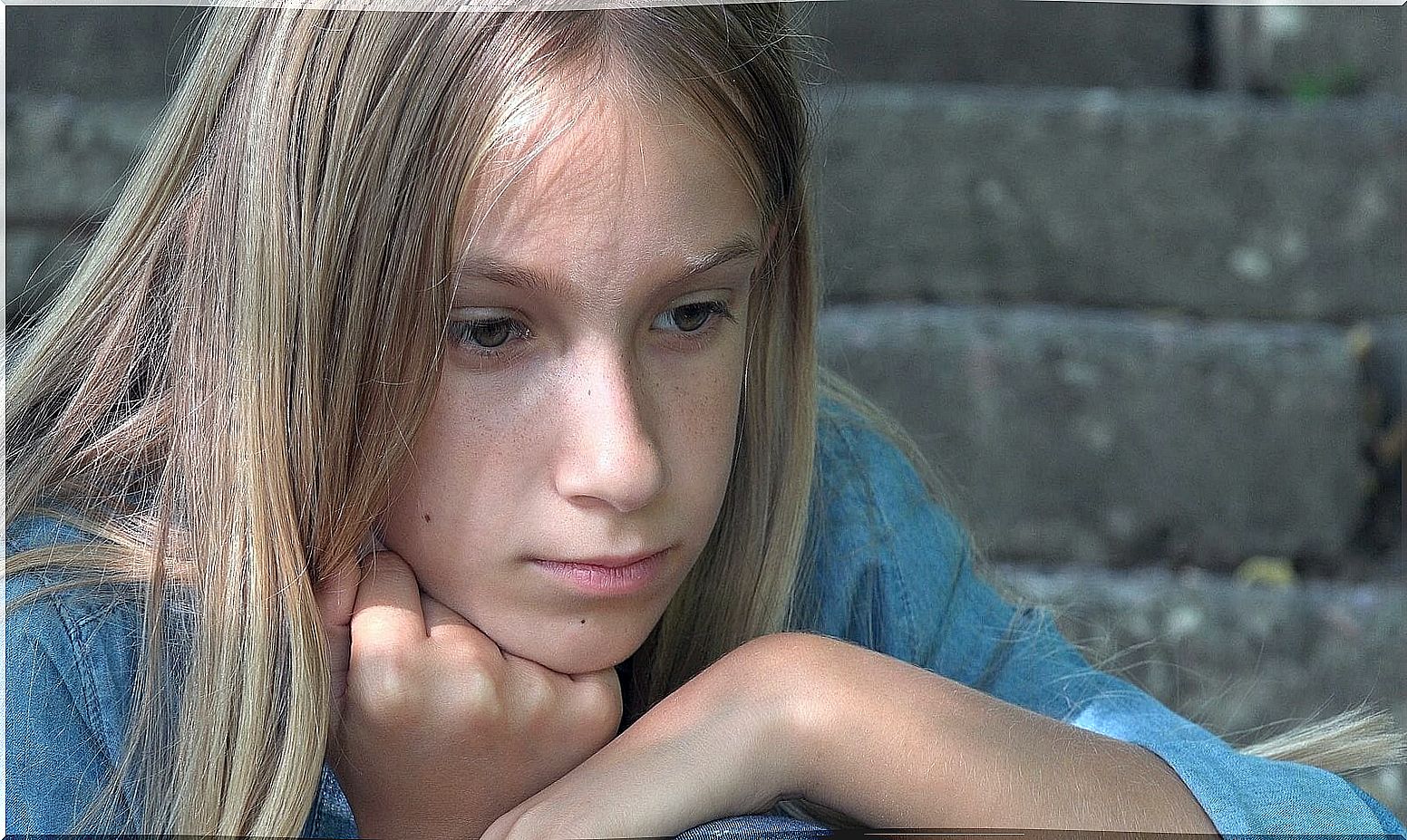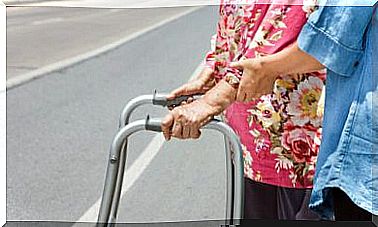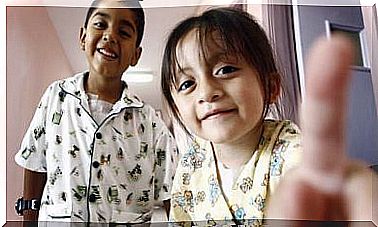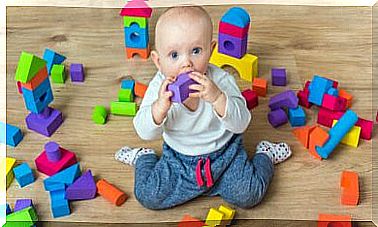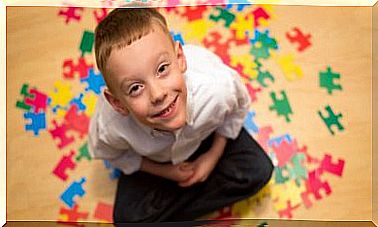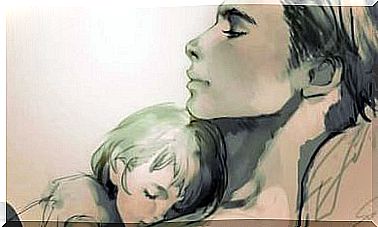Body Dysmorphic Disorder In Adolescents
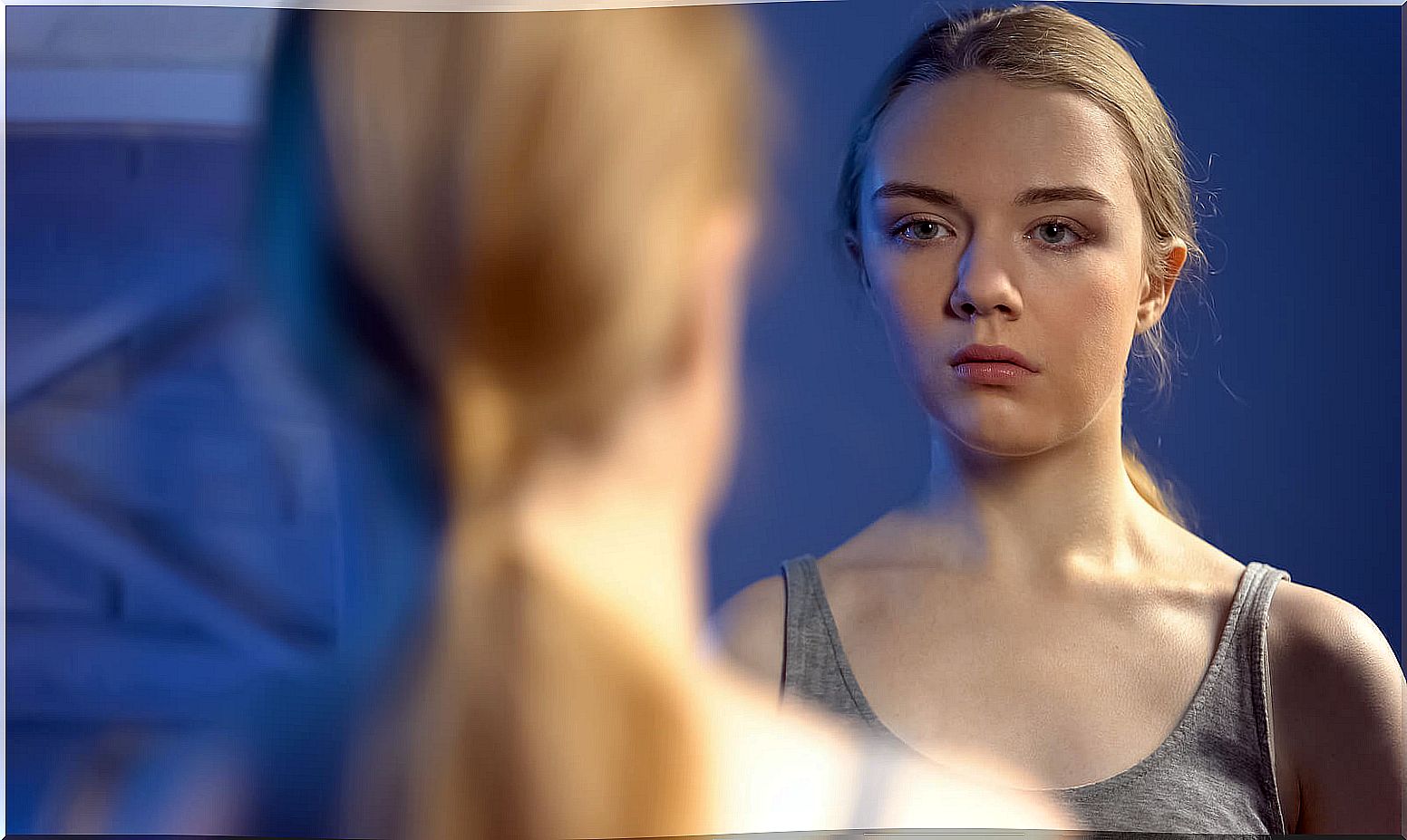
How does body dysmorphic disorder manifest itself in adolescents? First of all, it is convenient to know that body dysmorphic disorder (BDD) is defined in the DSM-5 (Diagnostic and Statistical Manual of Mental Disorders) as a concern for some imagined defect in physical appearance. On the other hand, in the case of slight physical anomalies, the concern that appears as a result of the disorder is excessive.
All of this generates significant discomfort or deterioration in the person’s life. Also, the disorder is not better explained by the presence of another mental disorder, but is rather primary. Finally, it must be specified whether the following is added (or not) to the disorder:
- Muscle dysmorphia (similar to vigorexia).
- Type of insight of the patient: good, poor, null or delusional.
Body Dysmorphic Disorder in Adolescents
After this brief introduction about the disorder, we are going to know what type of pathology we are talking about, how it manifests itself in adolescents and what treatments are usually chosen on a psychological level. But first, let us know what changes this disorder has undergone in the reference manuals and what its general characteristics are.
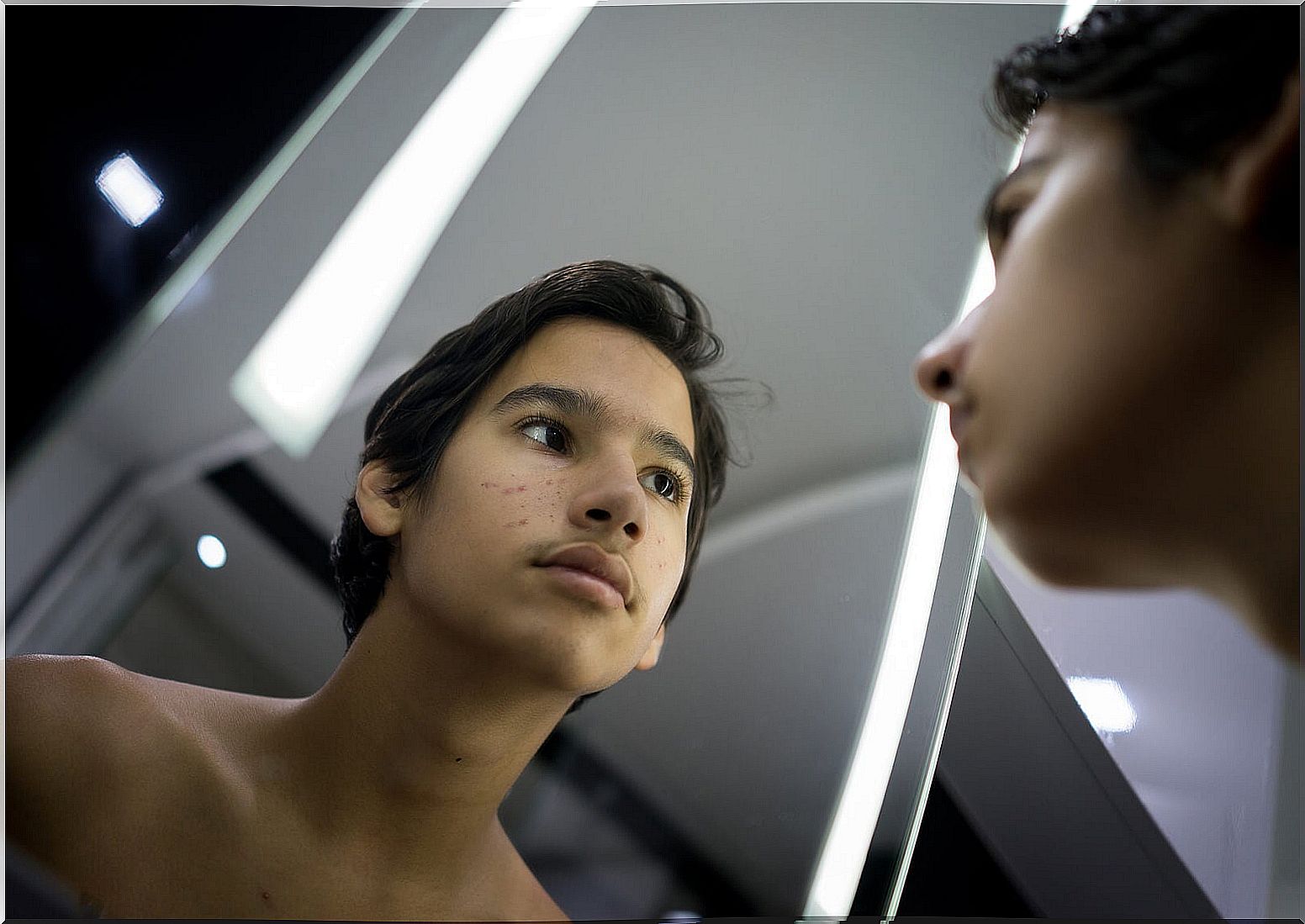
An obsessive-compulsive disorder
As a data of interest, it should be noted that body dysmorphic disorder goes from being a somatoform disorder in the DSM-IV-TR, to being classified as an obsessive-compulsive disorder (OCD) in the DSM-5.
In addition, in relation to this category change, in the DSM-5 another novelty is added, and that is that the patient must have carried out repetitive behaviors or mental acts in response to concerns about appearance. In the case of the ICD-10 (International Classification of Diseases), it classifies the disorder as hypochondriac.
General characteristics
Body dysmorphic disorder, according to DSM-5 data, has a prevalence of 2.4% in the American population, compared to 1.7% in other populations. It is a disorder that is usually chronic, although treatable and with possibilities of improvement. It usually appears together with other pathologies (comorbidity), which include
- Depressive disorders
- Social anxiety
- TOC.
- Consumption of toxins.
Characteristics of body dysmorphic disorder in adolescents
The body dysmorphic disorder, although it can appear at any age, usually manifests at 16-17 years (2/3 of patients present it before 18 years).
When body dysmorphic disorder occurs in adolescents, that is, when it appears before the age of 18, suicide attempts are more likely to appear and comorbidity with other disorders is greater. In addition, in adolescents its onset is usually more gradual than in the case of adults, where the onset is especially acute.
How does it manifest itself in adolescents?
In adolescents the symptoms appear more progressively; It may be that they begin to fixate on some “defect” or part of the body that they do not like and that little by little they increase their attention to that area. Thus, the obsession would increase and the associated concern, which is retroalimentaría by a distortion of the image itself, which also go in crescendo .
Treatment of body dysmorphic disorder with adolescents
The goal of treating body dysmorphic disorder in adolescents, as in adults, is for the patient to learn to tolerate discomfort and to eliminate defeatist cognitions that arise from their distortion of the image. Furthermore, the aim is to change the body image of the subject suffering from the disorder.
In a study by Peña-Casquero (2016), where a cognitive-behavioral intervention was carried out in an adolescent with BDD, the efficacy of cognitive-behavioral therapy is corroborated, which is usually the most used in this type of disorder.
On the other hand, we know that among adolescents the weight of body image is usually greater than in adults, since they endow it with great power, which largely defines their self-esteem and self-concept.
Over time, this softens, but in adolescence it is very common. For this reason, it will be important to work on the last thing we have discussed: the change in body image, so that the person not only tolerates and accepts their own image, but also feels proud of it and identified with it.

Treatment of Rosen et al.
The treatment of Rosen et al. for body dysmorphic disorder includes a series of elements, specifically, three techniques that are usually very effective for this type of pathology:
- Psychoeducation : explaining to the patient what is happening to him and how we can work on it and help him.
- Exposure with response prevention (RPE) : exposing the patient to their own body image and preventing repetitive or body-checking behaviors, that is, avoiding them.
- Cognitive restructuring (CR) : this technique has the objective of changing the dysfunctional (and distorted) thoughts associated with the body (or the area that is so rejected) that the patient manifests.
In fact, in the previously mentioned study by Peña-Casquero, the applied treatment consisted of a cognitive-behavioral therapy that included two of these techniques: EPR and CR. Specifically, what was prevented through EPR was the response to stimuli (for example, mirrors) that produced reassurance, avoidance and escape behaviors.
As we can see, body dysmorphic disorder in adolescents is a complex disorder that requires specialized care. Its peak of appearance occurs in this evolutionary stage, probably due to the importance that young people give to their body image, to the social pressure they suffer many times for “fitting in” with the group or always being “perfect” or great repercussion and influence exerted by social networks in this evolutionary stage.
Asking for professional help is the best way to help and accompany these people. What is the goal with them? Work so that they learn to love their body and to obtain a more realistic and objective image from their reflection in the mirror.
